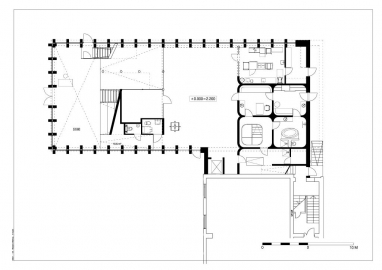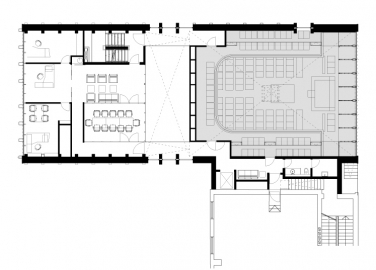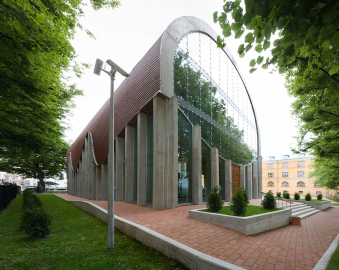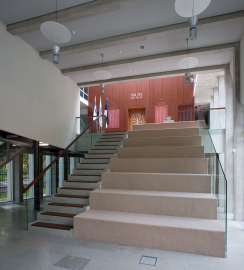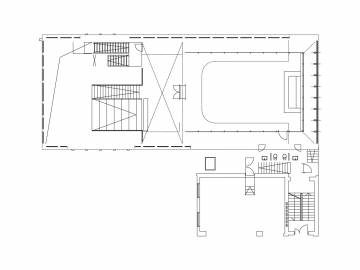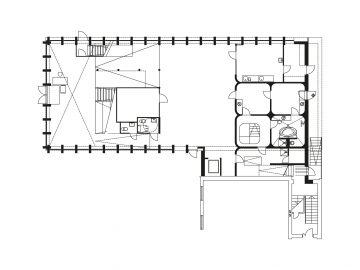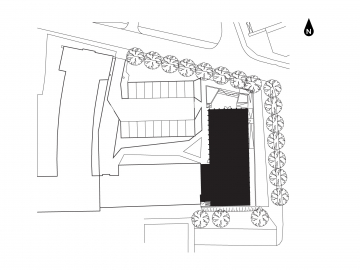Tallinn Synagogue
The wisdom of tradition wrapped in modern architecture
For a long time Tallinn was one of the few capitals in Europe that did not have a synagogue as the first synagogue, built in 1885, was destroyed during the dark turmoil of the Second World War. The new synagogue, which opened in Tallinn in 2007, is located walking distance from the city centre on a quiet side street. The building takes Jewish religious traditions and details into account but does not hold on to the historic examples in architecture. The synagogue building stands out among several sacral buildings, built in Estonia since the country regained its independence, not only thanks to its unique architecture but because it has become one of the symbols of local Jewish culture demonstrating continuity, vitality and a capacity for innovation.
The documented history of Tallinns Jewish community dates back to the mid-19th century, when Imperial Russian Army soldiers of Jewish descent were brought to serve time in the capital of the then Estonian Governorate. A burial society, chevra kadisha, which plays an important role in Jewish culture, was created in Tallinn in 1856. A synagogue building, the centre of Jewish religion, on the other hand was not built until 1885. Unfortunately, it was destroyed during the dark turmoil of the Second World War and for a long time Tallinn was one of the few capitals in Europe that did not have a synagogue.
The new synagogue, which opened in Tallinn in 2007, and was designed by KOKO, is located walking distance from the city centre on a quiet side street. The building takes Jewish religious traditions and details into account but does not hold on to the historic examples in architecture. The barrel vault form combines the rooms of religious and secular functions into a whole.
The main hall, where services are held, is located on the first floor. Wide stairs in the foyer, which lead up to the main hall, can be used as a place for ritual procession or talking with other community members depending on the time or event. The interior of the synagogue places emphasis on the layout of the rooms and the use of materials (timber, glass, concrete) but also on decorative ornament involving Jewish symbolism, which has been organically used on glass and timber surfaces and which either unifies or differentiates the rooms depending on the situation.
Several sacral buildings that are architecturally unique have been built in Estonia since the country regained its independence. The synagogue building designed by KOKO stands out among these not only thanks to its unique architecture but because it has become one of the symbols of local Jewish culture demonstrating continuity, vitality and a capacity for innovation. Jewish communities in different parts of the world closely followed the building of the new synagogue in Tallinn. The then Deputy Prime Minister Shimon Peres and the former Ashkenazi Chief Rabbi of Israel Yona Metzger both graced the ceremonial opening of the synagogue with their presence.

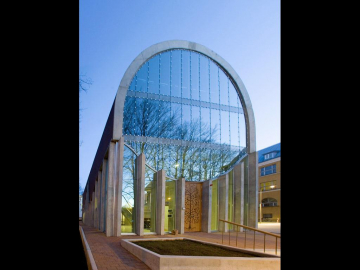
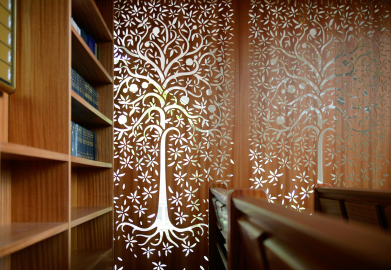 © Andrus K?resaar
© Andrus K?resaar
